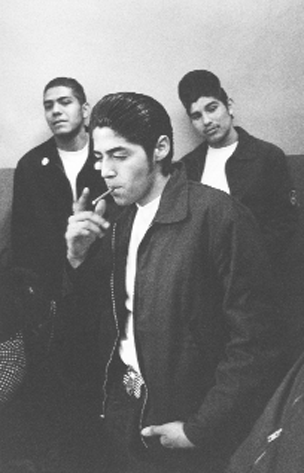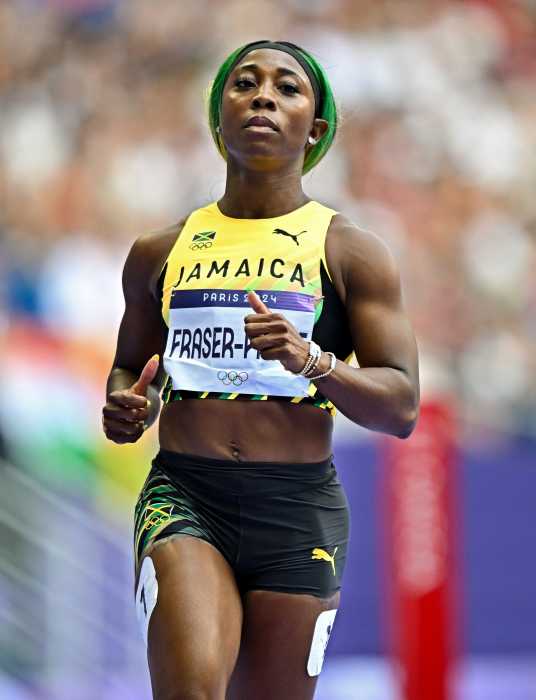Witty So-Cal subcult doc parses Morrissey’s Latin mystique
As quiet as it’s kept, a large, elaborate subculture has evolved among Latino youth in Southern California’s Inland Empire—the onetime citrus belt straddling eastern Los Angeles and western San Bernardino Counties—devoted to Morrissey. Yes, that mad Irish pop icon, what other?
When Los Angeles-based queer filmmaker William E. Jones caught wind of this grassroots phenom, he slipped into a concert of the Sweet and Tender Hooligans, an all-Smiths and Morrissey cover band based in the local, majority-Latino community. The adulation and cathartic euphoria he observed resounded with his own formative memories of The Smiths the first time around, and this perceptive documentary was launched.
Jones is an artist of rare sensibility whose slender filmography belies an immense talent. His 1991 debut “Massillon” was outshone by the New Queer Cinema klieg lights of “Swoon” and “Poison,” and though his second feature “Finished” (1997) premiered at Sundance and was released on DVD, Jones has largely nursed his muse out of view; last year’s tribute at London’s Tate Modern was a welcome corrective.
The florid angst of Morrissey cultdom may seem an odd match for Jones’ cool aesthetic. But in the interval since his “Fall of Communism as Seen in Gay Pornography” (1998), Jones has loosened up, and puts more of his physical person into his work than before, in one giddy sequence getting groomed with a cursive, lacquered quiff by Ruben, a Morrissey-smitten roughneck. As in his previous work, this essay is structured around a burnished script, read in voiceover by Jones in his hypnotically even diction.
The film’s interview subjects are its genius—Jaysin, the motor-mouthed former hustler; Mark, the bubbly illustrator who copies Smiths album covers in charcoal; Rita, the wiry, stilted academic; and Manuel, a retro-styled bohunkus with pompadour and flawless sideburns who elucidates Morrissey’s appeal for striving Latinos by comparing the Irish in England to Mexicans in the U.S., noting how both Catholic minorities have been excluded from the promise of their host nations, despite toiling for their profit.
Scarcely straying from his subjects’ poster-emblazoned bedrooms, Jones’ inquiry ranges farther than you’d expect, and has a sting, too—one of the Hooligans musicians unmasks Morrissey’s racist unconscious, locating it in the singer’s idealized fantasy of the white British prole milieu of his postwar youth. In the film’s last lap, the queen herself shows up, after an oblique fashion, in a joshing exchange with the lightly awed Jones, which only confirms the star’s mystique.
But the film’s pertinence lies in its expansive civic ethos. Jones is alert to the manifold ways that Chicanos, Mexican migrants, and other Latino communities have infused benighted areas like Pomona and Riverside with a flowering of not just pop culture, but a vitally authentic, marvelously hybrid people’s culture.
gaycitynews.com

































